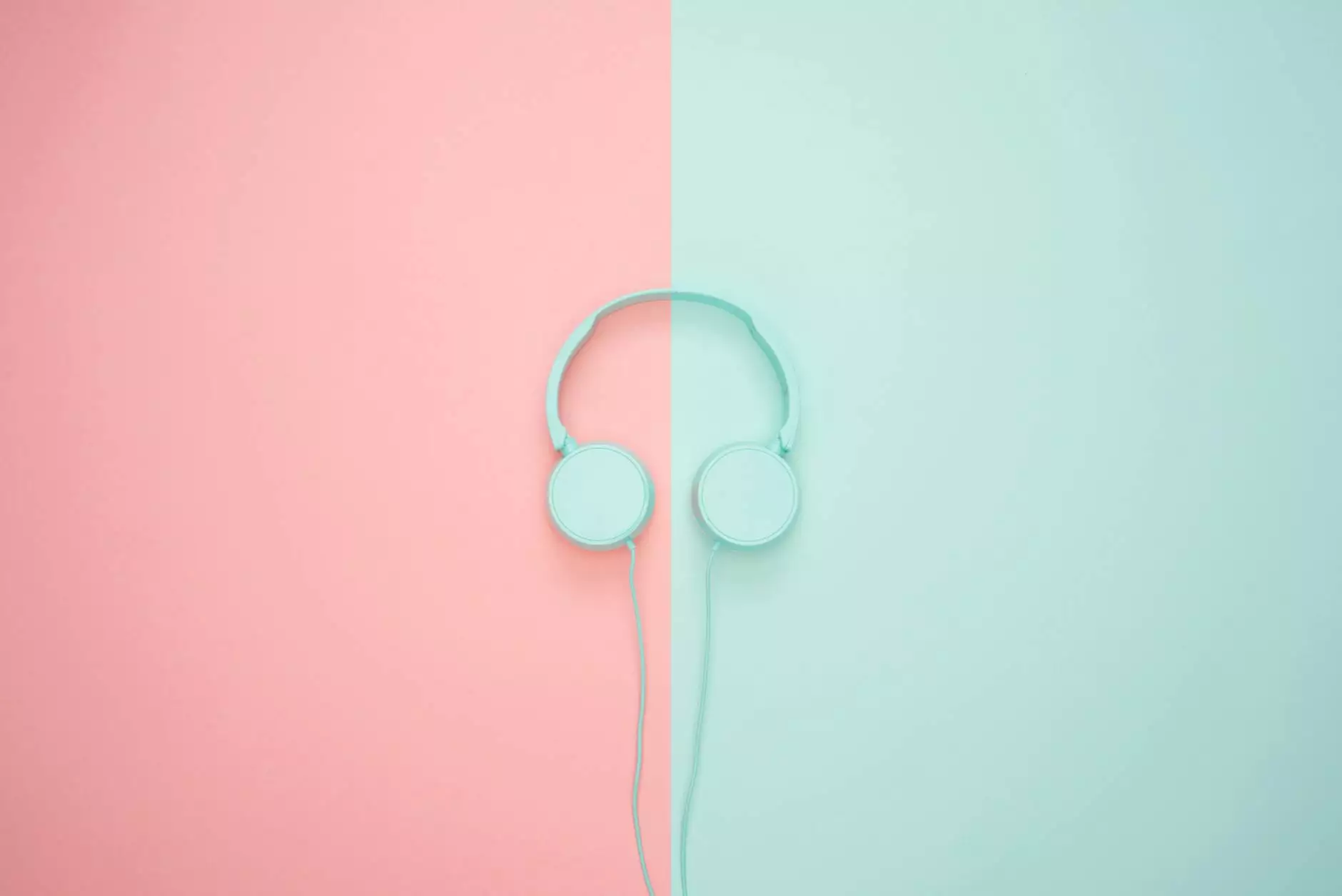The Psychology of Color: What Each Color Means to the Consumer
Services
Colors play a crucial role in shaping consumer perceptions and behavior. Understanding the psychology of color can help businesses effectively communicate their brand identity, evoke specific emotions, and influence purchasing decisions. In this comprehensive guide, we delve into what each color symbolizes to the consumer and how you can strategically leverage color psychology in your marketing and advertising efforts.
What Color Means Sad?
While colors can evoke a wide range of emotions, blue is often associated with feelings of sadness or calmness. The cool tones of blue have a calming effect on the mind and are often used to convey a sense of tranquility. However, it's important to note that individual perceptions of colors can vary based on personal experiences and cultural backgrounds.
Understanding Color Associations in Psychology
Color associations are deeply rooted in psychology and can have a profound impact on how consumers perceive a brand or product. For example, red is commonly associated with passion, energy, and urgency, making it a popular choice for brands looking to create a sense of excitement or stimulate appetite. On the other hand, green is often linked to nature, health, and freshness, making it a popular choice for eco-friendly or organic products.
Exploring What Each Color Symbolizes
Each color carries its own set of meanings and symbolisms that can influence consumer perceptions in subtle yet powerful ways. Here's a closer look at some common colors and what they symbolize:
- Red: Passion, energy, urgency
- Blue: Trust, calmness, sadness
- Green: Nature, health, freshness
- Yellow: Happiness, warmth, optimism
- Black: Elegance, power, sophistication
- White: Purity, simplicity, cleanliness
Leveraging Color Psychology in Marketing and Advertising
By understanding the emotional impact of different colors, businesses can strategically use color psychology to influence consumer behavior and drive engagement. Whether you're designing a logo, creating a brand palette, or developing a marketing campaign, choosing the right colors can help you establish a strong brand identity and connect with your target audience on a deeper level.
When selecting colors for your marketing materials, consider the context in which they will be used and the emotions you want to evoke. For example, if you're promoting a sale or discount, using red can create a sense of urgency and encourage immediate action. On the other hand, using blue in your branding can convey trust and reliability.
Conclusion
Color psychology is a powerful tool that businesses can use to enhance their branding efforts and create meaningful connections with consumers. By understanding what each color symbolizes and how it can influence emotions and perceptions, you can make informed decisions when it comes to designing your marketing materials and engaging with your target audience.
Remember, color is not just a visual element but a powerful communication tool that can help you stand out in a crowded marketplace and leave a lasting impression on your customers.



